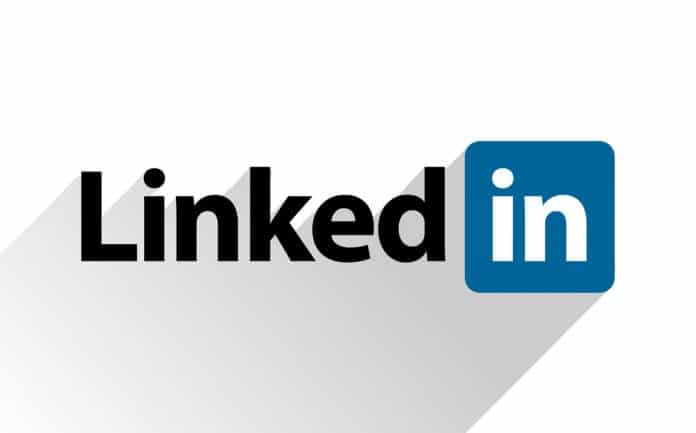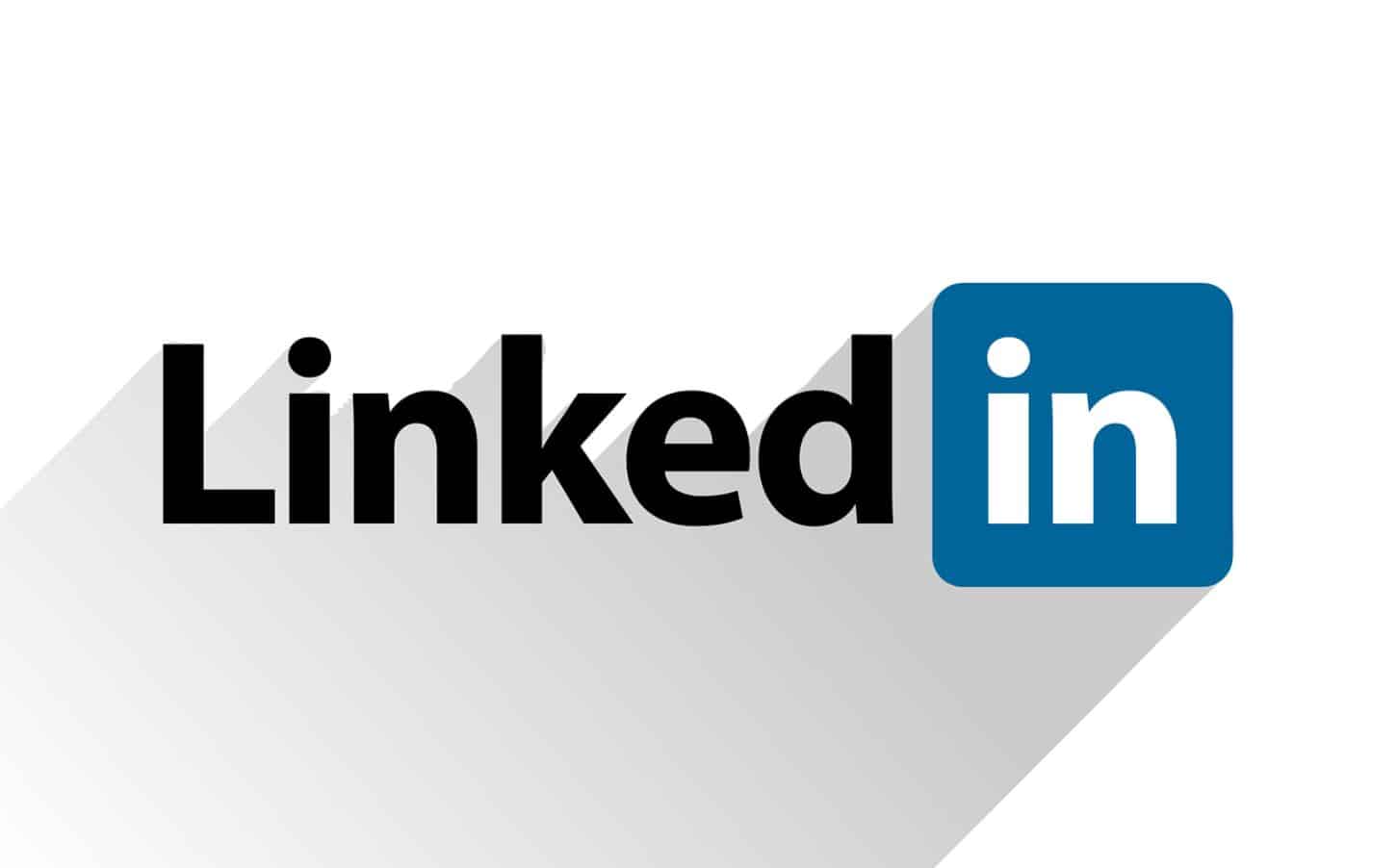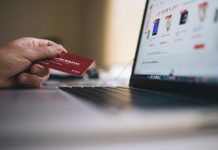LinkedIn Data Breach: Email address, phone number, job information, full name, account IDs, connections to their social media pages, and gender details are all included in the dataset.
LinkedIn has been the latest survivor of a major data leak, with the personal information of over 500 million people being scraped from the site and sold online. Email addresses, phone numbers, job records, full names, account IDs, connections to their social media profiles, and gender details are also included in the dataset. An anonymous user on a hacker website is allegedly selling the compromised data, which includes data from over two million users as sample evidence. The hacker is demanding a four-digit sum (in USD) in return for the stolen information, which may be in the form of Bitcoins. This comes just days after a similar mega data breach that exposed scraped information from over 500 million Facebook users.
LinkedIn Data Breach: According to LinkedIn’s website, the firm has over 740 million users, which means that the data of more than two-thirds of its customers has been hacked and sold online. CyberNews broke the story first, and LinkedIn later verified the hack to Business Insider.
“While we’re still researching this problem, the released dataset seems to contain publicly viewable information that was scraped from LinkedIn together with data aggregated from other websites or companies,” a LinkedIn spokesperson told the publication in an official statement. Scraping our members’ LinkedIn data is against our terms of service, and we are still working to protect our members and their information.” The information contains personal information such as phone numbers, email addresses, work addresses, and also connections to their social media pages.
According to security researcher Paul Prudhomme, if the dataset is leaked to bad actors, it may lead to an assault on several businesses by their employees. Because of the rise of remote work and the use of personal computers for office work, he believes these attacks are more likely to succeed.
Account information from 533 million Facebook users was reportedly leaked on a hacker forum. Users from 106 countries are included in the massive dataset, which includes 32 million records from users in the United States and 6 million records from users in India. Their email addresses, phone numbers, Facebook IDs, times, birthdates, and bios are said to have been made public. According to a Facebook spokesman, the data was hacked due to a flaw that was fixed two years ago.
How can I safeguard myself against data breaches?
As a customer, you depend on the utilities you use to provide you with protection and protection. It’s critical to check the protection, security, and privacy settings of the apps you use to ensure they’re configured correctly.
Beyond that, just provide automated systems the details they need, and sign up for pages like Have I Been Pwned to get alerts if your email address is included in a data breach.
In addition to being vigilant when exchanging personal information online, update your account passwords across channels regularly. This won’t help you in a case like the Facebook and LinkedIn hacks, so it’s useful advice in general.
It’s best if the password is solid, and you can save it in a password manager for auto-fill. Also, allow two-factor authentication (2FA) wherever possible, and don’t accept connections from strangers, particularly on LinkedIn and Facebook.














